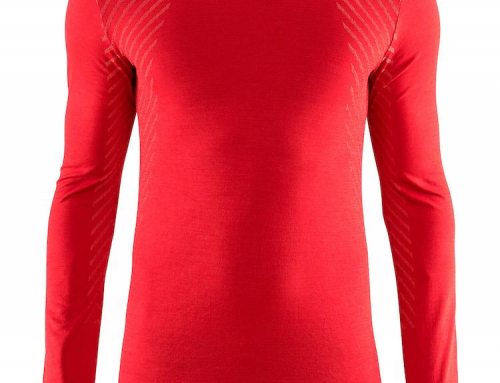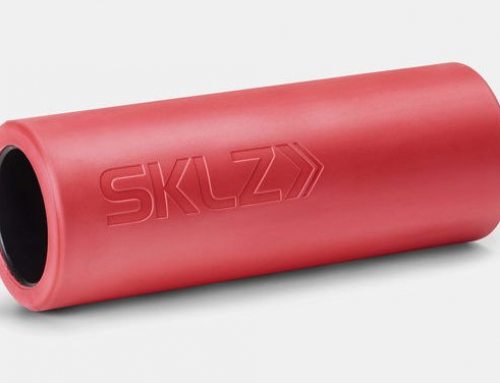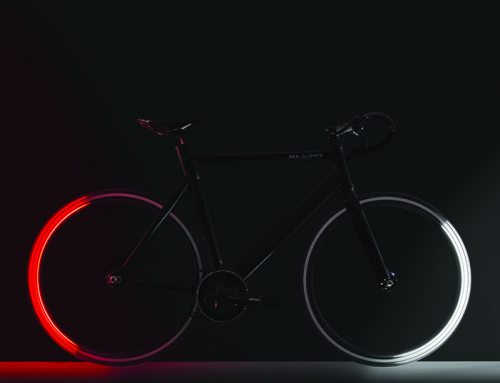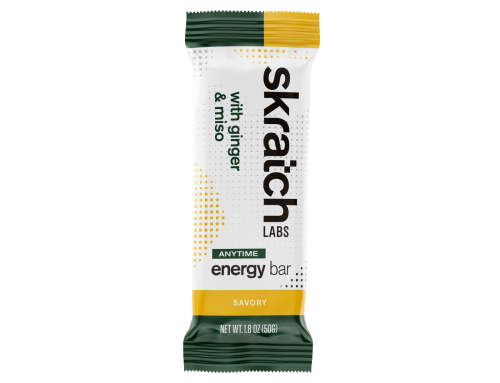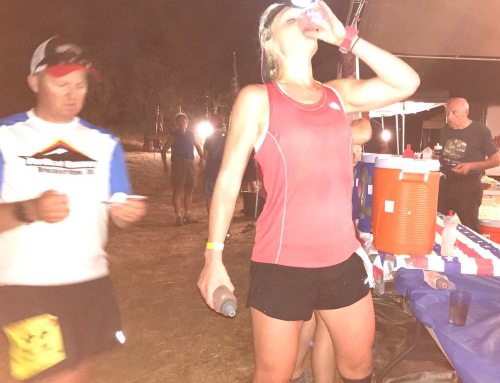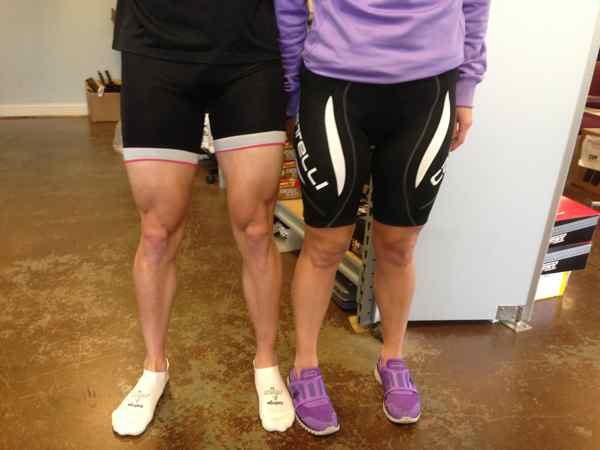
By Melissa Bell
When Carolyn Gentry, Inside-Out Sports buyer, and I were asked to write a product review for the Ramblin’ Rose edition of Endurance we were stuck. Both of us kept asking ideas of the other and we realized neither one of us uses a lot of women-specific products. We started quizzing each other: tri shorts – men’s; cycling shorts – men’s; cycling shoes – men’s; bike – men’s. In fact, I think the only women-specific things we use are running outfits and running shoes. Thus we decided to discuss some of the reasons why we choose men’s products.
<
Carolyn and I both have the same reason for preferring men’s tri and cycling shorts: We like having longer shorts! Woman’s cycling and tri shorts tend to be five inches in length. Very rarely are they seven inches. Men’s will vary in length from seven inches to nine inches or more. This usually equates to landing a couple inches above the knee. In some cases, particularly for shorter women, the shorts will come to right above the knee, so depending on leg length and preference this may be a huge benefit: it provides greater compression, does not cut circulation in the middle of the quad and hamstring muscle, and decreases chaffing. Some women also prefer the look of longer bike shorts. Second, with regard to the padding: I’m incredibly picky about this and have been for years. Most companies tend to design a women’s chamois with a lot of padding in the rear end, underneath the sit bones. When a woman is riding a road bike, that padding placement makes sense, as that is where the pressure is (though I have a lot of padding in that area already!). However, this results in thinner padding up front, under the more sensitive areas, and practically none at all when in the aero position. Men’s cycling shorts provide more padding in the front of the short as well as under the area where women tend to experience the most issues. My recommendation for women who experience some discomfort in the crotch area while riding is switch to a men’s short.
<
Women’s jerseys I also take issue with due to the design. I’m sure there are plenty of women who prefer a more fitted jersey. Functionally, though, the more fitted jersey creates a loss of one of the rear pockets, which unfortunately means being limited in the amount of stuff one can carry on a ride. The couple of women’s jerseys I have I wear only in the summer, when I know I won’t have to shed much clothing and try to figure out where to put it all. The one benefit of the women’s jersey is the more cut arm design: It’s not as long in the arms as the male version. However, this can end up being a negative as it allows for more skin to hit the road in case of an accident.
<
Many bikes designed for women have been sold over the years, based on the premise that a woman’s body is different from a man’s and therefore she needs a different bike. For a while it seemed as though the women’s bikes were simply men’s bikes with a couple of minor adjustments: the length of the top tube (those of women’s bikes being a bit shorter), the saddle (women do tend to like different saddles than men), and the paint job (extremely subjective). The trending now, however, seems to be that women’s bikes are basically similarly proportioned yet have a different paint job. Two great examples of this are from two big names in triathlon bikes: Felt and Quintana Roo. The Felt DA4 and DA4W are identical in every way geometrically. The differences lie in the paint scheme and the saddle. The QR CD0.1 men’s and women’s versions also fit the exact same, just like the DA series bikes. There are more sizes available in men’s bikes (and more of them available in general) so sometimes it just seems simpler to buy the “men’s” bike. Other manufacturers, such as Cervelo, have never built a women-specific bike because they believe there is no need. One option that Cervelo has come to offer is a narrower width of handlebars and a women-specific saddle on bikes being sold to women. The handlebar width on a road bike generally is proportionate to the size of the bike: If the bike is a 48 or 51 cm, then Cervelo puts a 40 cm handlebar. As the bike size goes up so does the handlebar size. As a result, some taller women who have a narrower upper body may want to opt for the small handlebar option.
With regard to the saddle, I personally use a women’s saddle on both my road and triathlon bike as I find it more comfortable and have had success with them. However, Carolyn, along with other women, does not use a women-specific saddle. (Some use the Adamo saddle, which is typically seen as more of a men’s saddle.) The bottom line is that there are all kinds of sizes among humans, but women tend to be smaller than men. Not always differently proportioned, just smaller. Sometimes the paint job is worth looking at the “female” bike but unless you’re dead set on a paint scheme it’s not a bad thing to look at “male” bikes as well.
My advice to all women is to read up on the product being considered, instead of just purchasing it because it’s women-specific. There are a number of websites to help research products. Slowtwitch.com offers a women’s forum, where you can post questions and get great reviews on products. Remember that the best option is the one that fits properly and offers the most comfort – and it may be a unisex or male product.
# # #
Melissa Bell, store manager of the Inside-Out Sports Charlotte store, has been competing in triathlons for almost 10 years. She holds a master’s degree in clinical exercise science and is a registered clinical exercise physiologist. When she’s not at the store she can be found training around Charlotte.


